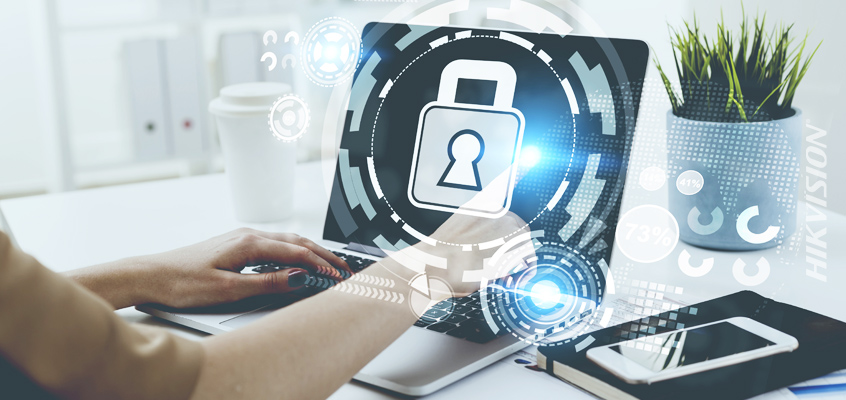Pandemic Security Challenges and Five 2020 Cybersecurity Lessons from Canadian Security Magazine

Hikvision Senior Cybersecurity Director on Addressing Work From Home Concerns & Vulnerabilities
Security challenges have increased with the pandemic as threat actors take advantage of remote workers and coronavirus concerns by ramping up cyberattacks such as phishing. The rapid transition to work-from-home and other impacts have highlighted cyber vulnerabilities. In the Canadian Security magazine story, “Five cybersecurity lessons from 2020: COVID-19 has brought some cybersecurity challenges into sharper focus,” the author covers key security lessons and vulnerabilities the pandemic brought to light.
“We’ve seen two years’ worth of digital transformation in two months. From remote teamwork and learning, to sales and customer service, to critical cloud infrastructure and security,” said Satya Nadella, Microsoft CEO, in the article.
Some of the 2020 cybersecurity lessons covered in the story include:
- The definition of resilience has changed since the pandemic. Referencing London’s St. Bartholomew’s Hospital—which survived many crises including two world wars—cancelled more than 2,500 patient appointments in 2017 when WannaCry ransomware hit. While organizations may be facing new or heightened vulnerabilities with digital transformation and work-from-home cyber threats, it’s still quite a feat that we were able to shift to online learning and remote work very quickly. This rapid change would have been nearly impossible twenty years ago, according to the article.
- Multi-factor authentication (MFA) can greatly reduce the success of cyberattacks. MFA adds two or more pieces of verifiable evidence or factors to the authentication process to greatly reduce security concerns by lowering the chances of an account being accessed by the wrong person.
- Zero Trust network architecture, designed to improve security and reduce risk of breach, is the direction organizations are taking. “Organizations that were successful in making the rapid transition to most employees working remotely had invested in a Zero Trust architecture, including MFA, device management, and conditional access enforcement,” said the article.
To read more, view the article online at this link.
Hikvision’s senior director of cybersecurity, Chuck Davis, covered security concerns, vulnerabilities, and tips to work securely from home in this blog: “Hikvision’s Work from Home Cyber Series: 3 Tips for Working Securely During COVID-19.”
